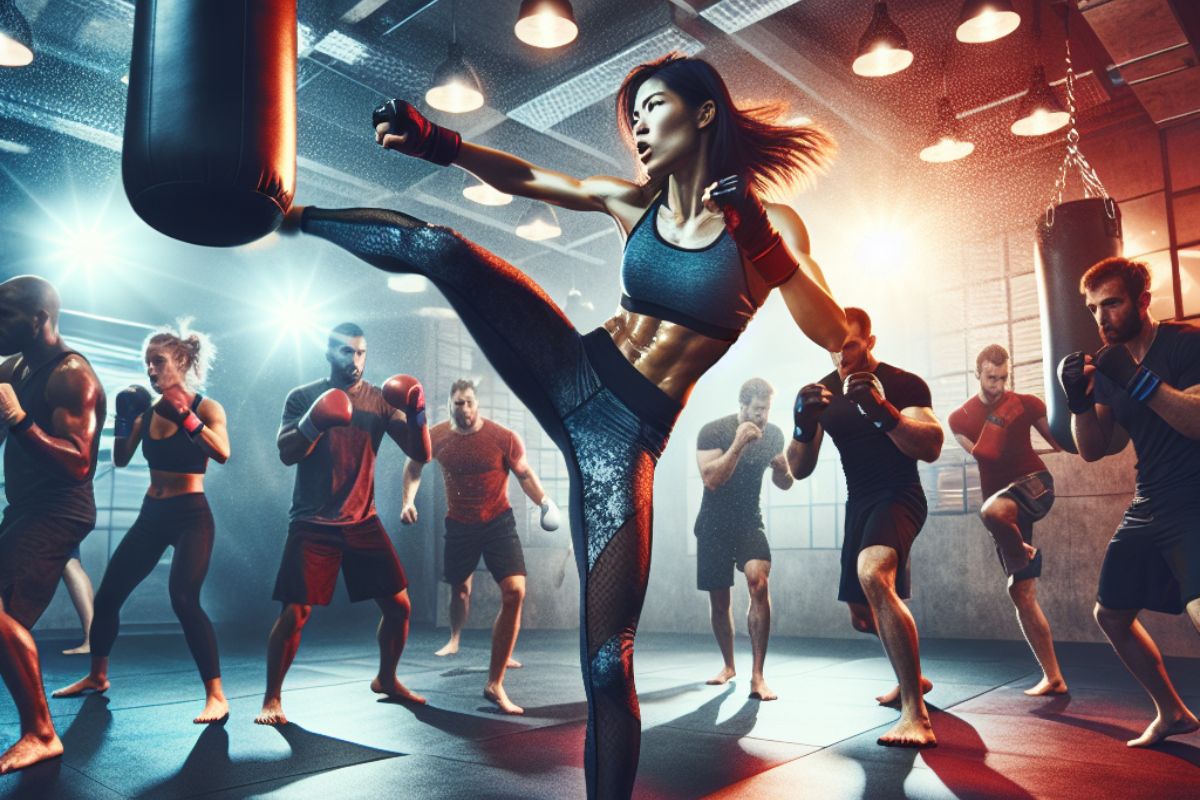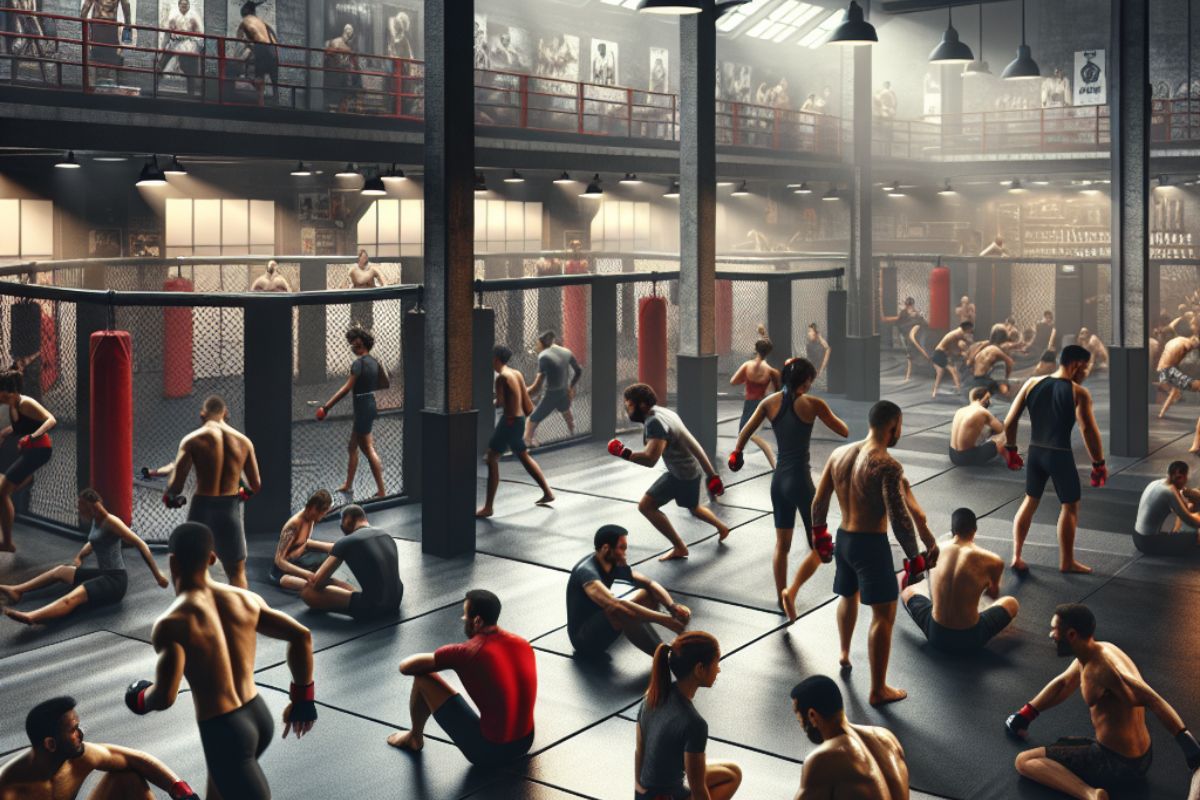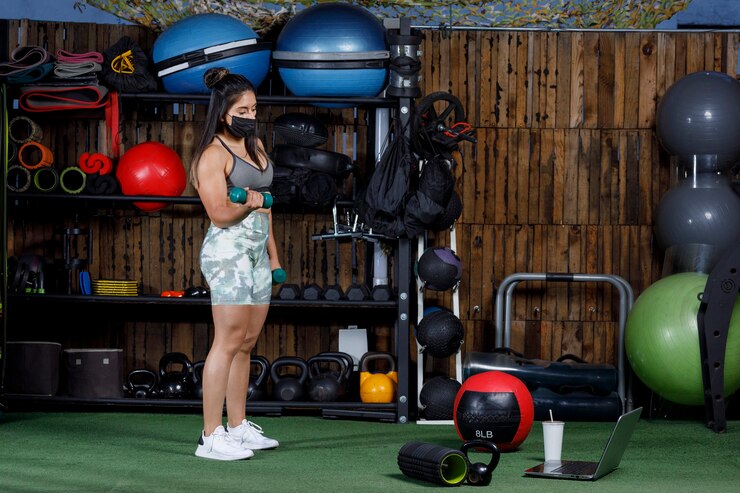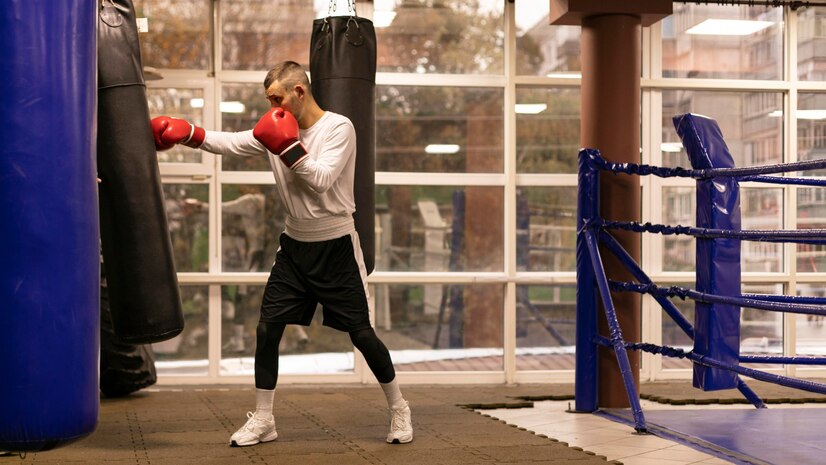Are you ready to step into the ring and embrace a “Muay Thai”challenge that can transform your body, mind, and spirit? Muay Thai might be just what you’re looking for. This powerful martial art, often referred to as “The Art of Eight Limbs,” combines striking techniques using fists, elbows, knees, and shins. Whether you’re seeking a fresh workout routine or hoping to learn self-defense skills, Muay Thai offers something for everyone.
In this ultimate guide for beginners, we’ll explore everything you need to kickstart your journey in this dynamic sport. From its rich history to essential gear and basic techniques—get ready to discover how Muay Thai can reshape your fitness journey while providing an exhilarating experience like no other! So lace up those gloves because it’s time to dive deep into the world of Muay Thai!
The History and Origins of Muay Thai
Muay Thai, known as the “Art of Eight Limbs,” has roots dating back centuries in Thailand. Its origins can be traced to military training methods used by Siamese soldiers in the 16th century.
As warfare evolved, so too did these techniques. What began as a practical combat skill transformed into a competitive sport enjoyed by many. By the early 20th century, Muay Thai gained international recognition and began incorporating Western boxing elements.
Traditional practices emphasize respect and discipline. Rituals like the Wai Khru pay homage to teachers and ancestors before sparring begins. This deep cultural connection sets Muay Thai apart from other martial arts.
Today, it serves not only as a means of self-defense but also promotes fitness and mental resilience among practitioners worldwide. The journey through this ancient art continues to inspire new generations eager to learn its rich heritage.
Benefits of Muay Thai for Beginners
Muay Thai offers a plethora of benefits, especially for beginners. First and foremost, it’s an incredible workout. You’ll build strength, endurance, and flexibility while having fun.
Another major advantage is the development of self-defense skills. Learning Muay Thai equips you with practical techniques to protect yourself in real-life situations.
Additionally, this martial art promotes discipline and focus. As you train consistently, you’ll notice improvements not just physically but mentally as well.
Engaging in group classes fosters camaraderie too. You’ll find yourself surrounded by supportive peers who share your goals. This community aspect can make training more enjoyable.
Practicing Muay Thai helps relieve stress effectively. The intensity of each session allows you to release pent-up energy while honing your skills simultaneously—an excellent combination for mental health!
Finding a Gym and Instructor
Finding a suitable gym and instructor is crucial when starting your Muay Thai journey. Look for local gyms that specialize in this martial art. A dedicated Muay Thai facility often offers an authentic experience.
Consider visiting multiple gyms before making a decision. Pay attention to the atmosphere and cleanliness of each place. It’s essential that you feel comfortable training there.
When evaluating instructors, observe their teaching style. They should be passionate about the sport and able to communicate techniques clearly. A good instructor will also focus on safety and individual progress.
Don’t hesitate to ask questions during your visit; inquire about class sizes, training schedules, and any additional programs they offer. The right fit can make all the difference as you embark on this exciting path in martial arts!
Essential Gear for Training
When starting your Muay Thai journey, having the right gear is crucial. It not only enhances performance but also ensures safety during training sessions.
A good pair of boxing gloves is essential. Look for gloves that offer adequate padding and fit snugly without being too tight. This will protect your hands while striking.
Shin guards are another must-have item. They shield your shins from impact, especially when practicing kicks or sparring with a partner. Opt for lightweight models to keep mobility high.
Don’t forget hand wraps! These provide additional support to your wrists and knuckles, reducing the risk of injury as you develop technique.
Comfortable athletic wear can improve flexibility and movement during drills. Breathable materials help keep you cool throughout intense training sessions. Prioritize quality gear; it makes all the difference in your experience on the mat.
Basic Techniques and Drills
Muay Thai is known for its unique techniques that blend striking and clinching. As a beginner, mastering the basics is essential.
Start with stance. A solid foundation allows you to move efficiently. Practice shifting your weight and maintaining balance while standing in an orthodox or southpaw position.
Next, focus on punches like the jab, cross, and hooks. These strikes are fundamental for setting up combinations. Shadowboxing can help refine these movements without sparring partners.
Kicks are central to Muay Thai’s effectiveness. The roundhouse kick introduces power using your hips and legs. Drill this technique against pads or heavy bags to build strength.
Don’t overlook knee strikes either; they’re crucial during close encounters. Work on kneeing from various positions to enhance versatility.
Incorporate drills that mix different techniques together—this builds rhythm and flow in your practice sessions while keeping training engaging.
Nutrition and Recovery for Muay Thai Practitioners
Nutrition plays a crucial role in enhancing your performance in Muay Thai. Fueling your body with the right foods can significantly boost energy levels and aid recovery.
Focus on a balanced diet rich in whole foods. Incorporate lean proteins, complex carbohydrates, and healthy fats. Foods like chicken, quinoa, avocados, and leafy greens provide essential nutrients to support intense training sessions.
Hydration is equally important. Drink plenty of water before, during, and after workouts to maintain optimal performance. Electrolyte drinks can also help replenish lost minerals.
Recovery shouldn’t be overlooked either. Allow time for rest between training sessions to let your muscles heal and grow stronger. Techniques such as stretching or foam rolling can alleviate soreness and improve flexibility.
Listening to your body’s signals is vital—if you feel fatigued or sore, consider adjusting your routine or incorporating light activity days into your schedule for better recovery outcomes.
Common Mistakes to Avoid as a Beginner
Many newcomers to Muay Thai rush into training without proper preparation. Skipping warm-ups can lead to injuries, so always take the time to stretch and get your body ready.
Another common mistake is neglecting technique in favor of power. It’s tempting to throw hard punches or kicks right away, but mastering form should be the priority. Quality over quantity is key for effective learning.
New practitioners often underestimate the importance of footwork. Good movement sets you up for success in both offense and defense. Invest time in mastering this fundamental skill.
Don’t shy away from asking questions or seeking feedback from instructors. Learning isn’t just about practicing; it’s also about understanding concepts clearly. Embrace constructive criticism—it’s part of growth in Muay Thai!
Building Mental Toughness in Muay Thai
Building mental toughness in Muay Thai is a crucial aspect of the sport. It’s not just about physical strength; your mindset plays a significant role in your success.
Facing challenges head-on will sharpen your resilience. Sparring sessions can feel intimidating at first. Embrace these moments as opportunities to learn and grow.
Visualization techniques can also aid in developing mental strength. Picture yourself executing techniques flawlessly or overcoming obstacles during training. This practice helps build confidence over time.
Setting realistic goals is essential too. Break down larger objectives into smaller, achievable steps to maintain focus and motivation throughout your journey.
Don’t shy away from setbacks—they’re part of the process! Reflect on what went wrong and use that insight to improve for next time. Each experience contributes to your overall growth as an athlete in this intense art form.
Progression and Setting Goals for Your Journey in Muay Thai
Setting goals in Muay Thai is essential for maintaining motivation. Start by identifying what you want to achieve, whether it’s mastering a specific technique or improving your fitness level.
Break your goals into smaller milestones. This approach makes the journey less daunting and allows you to celebrate achievements along the way. For instance, aim to perfect your jab before moving on to combinations.
Track your progress consistently. Keeping a training journal helps you recognize areas that need improvement and reinforces positive developments in your skills.
Don’t hesitate to adjust your goals as needed. As you advance, new challenges will emerge, and flexibility ensures that you’re always pushing yourself without feeling overwhelmed.
Seek feedback from instructors and training partners. Their insights can provide valuable perspectives on how far you’ve come and where you should focus next. Embrace each step of the process; every small victory counts towards becoming a proficient practitioner of Muay Thai.
Conclusion
Embarking on your Muay Thai journey opens a world of physical and mental transformation. Each training session offers new challenges that foster personal growth. Embrace every jab, kick, and knee strike as steps toward mastering this art.
Remember, it’s not just about the fight; it’s about discipline and respect for the craft. Connect with fellow practitioners who share your passion. Their support can enhance your experience significantly.
As you progress, celebrate small victories along the way. Set goals that push you but remain realistic to sustain motivation.
Stay curious and open-minded. Every punch thrown teaches valuable lessons—not just in technique but also in perseverance. The path is yours to shape.
Engage fully in each moment spent training or learning about Muay Thai; it enriches both body and spirit. Your adventure is only beginning—embrace it wholeheartedly!
FAQs
What is Muay Thai?
Muay Thai, often referred to as the “Art of Eight Limbs,” is a striking martial art from Thailand. It uses punches, kicks, elbows, and knee strikes. This unique combination makes it incredibly effective for self-defense and fitness.
Is Muay Thai suitable for beginners?
Absolutely! Many gyms offer classes specifically designed for beginners. Instructors are trained to teach you the basics at your own pace while ensuring safety first.
How many days a week should I train in Muay Thai?
For those just starting out, two to three times per week can be ideal. As you grow more comfortable with techniques and build stamina, you may choose to increase that frequency.
Do I need prior experience in martial arts?
Not at all! Many practitioners start without any background in martial arts. The key is commitment and an open mind ready to learn.
What should I wear during training?
Comfortable workout clothing is essential—think athletic shorts or leggings paired with a breathable t-shirt or tank top. Proper footwear isn’t always required as most gyms have dedicated areas where shoes are not needed.
Can women participate in Muay Thai training?
Definitely! Muay Thai welcomes individuals of all genders and skill levels. It’s an empowering sport that builds confidence alongside physical strength.
Will I get injured while training?
Like any physical activity, injuries can occur if proper precautions aren’t taken; however, they’re minimized through correct technique instruction and protective gear usage. Always listen to your body!
What kind of nutrition do I need for Muay Thai training?
A balanced diet rich in proteins, healthy fats, carbohydrates, vitamins, and minerals will support your performance. Hydration before meals also plays a significant role during intense workouts.
By addressing these common queries about getting started on this exciting journey into Muay Thai practice—and considering each aspect involved—you’ll feel well-prepared when stepping onto the mats or inside the ring.











